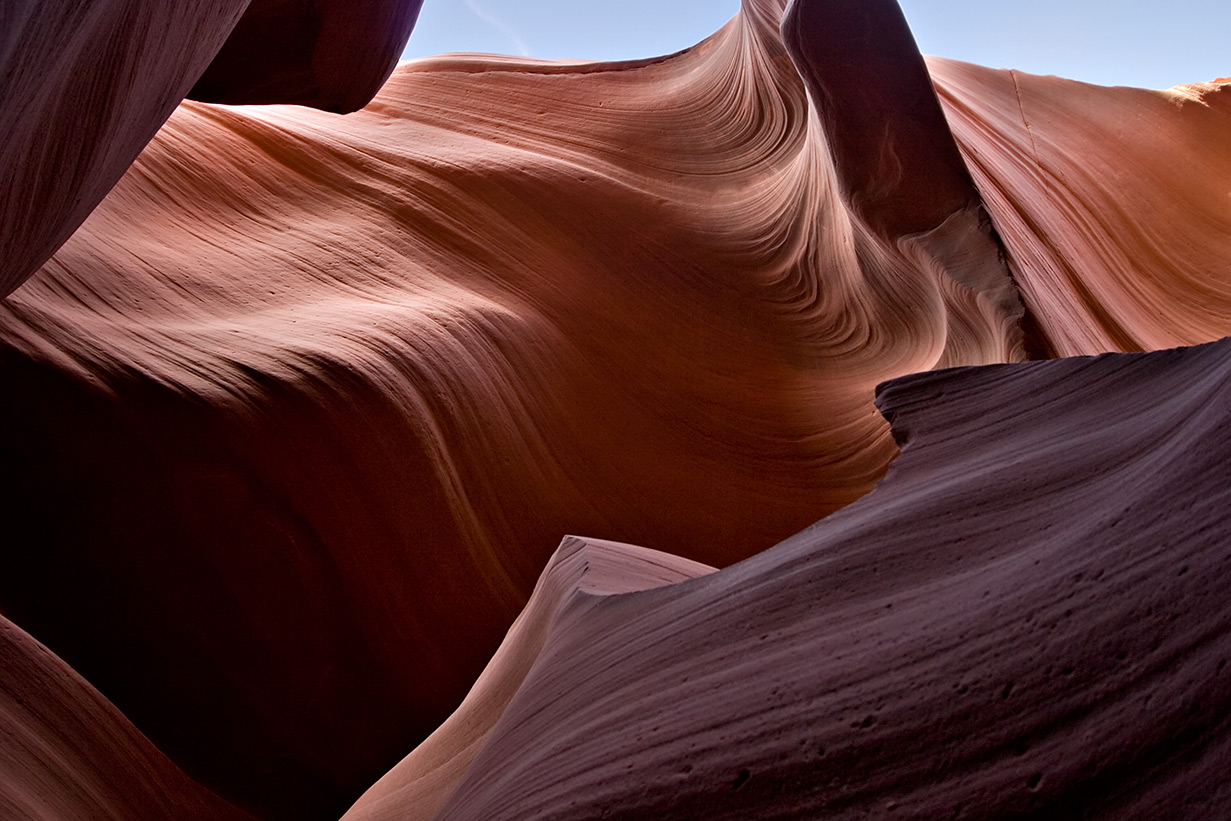 |
| Ram's Head Georgia O'Keeffe, 1935 |
We are encouraged to consider atypical skies ― the non-blue moods of the sky we frequently see.
Painting sky, we sensitize ourselves to shadows and highlights. We are reminded that clouds reflect the light in the sky.
Look at your feet. You are standing in the sky. When we think of the sky, we tend to look up, but the sky actually begins at the earth.
― Diane Ackerman
 |
| Cloud Study John Constable, 1822 |
Atmospheric gases act as a prism to separate white light into its component colors. The atmospheric prism is mostly nitrogen (78%) and oxygen (21%) with trace gases like argon and water vapor. Particulates can be dust, soot, ash, pollen or salt from the ocean.
Blue light travels as shorter, smaller waves. A cloudless sky appears blue because blue light is scattered more than other colors.
EvenViewing the sky away from the sun we see light that is bent the most ― a complex spectrum dominated by light of between violet (wavelength of 400 nanometers) and blue (wavelength of 450 nanometers).
After
All this time
The Sun never says to the Earth,
"You owe me."
Look
What happens
With a love like that,
It lights the whole sky.
― Hafiz
 |
| Sunset at Montmajour Vincent van Gogh, 1888 |
The color of the sun itself changes from orange to red. The cooler, shorter wavelength blue light is completely scattered leaving the warmer, longer wavelengths like oranges and reds on the horizon.
The sky grew darker, painted blue on blue, one stroke at a time, into deeper and deeper shades of night.
― Haruki Murakami, Dance Dance Dance
REFERENCES
- Don't Paint the Sky Blue! by Courtney Jordan, 29 September 2013.
- Why is the Sky Blue? NASA.
- Why Skies are Blue Instead of Purple by Michael Schirber, ABC News, 19 July 2005.
- Why is the Sunset Red? by Jerry Coffey, Universe Today 31 October 2010.









